#william penn
Text
“Men are generally more careful of the breed of their horses and dogs than of their children.”
William Penn (1644-1718) English writer and colonial founder.
33 notes
·
View notes
Text
Look not out, but within… Remember it is a still voice that speaks to us in this day, and that it is not to be heard in the noises and hurries of the mind; but it is distinctly understood in a retired frame. Jesus loved and chose solitudes, often going to mountains, to gardens, and sea-sides to avoid crowds and hurries; to show his disciples it was good to be solitary, and sit loose to the world.
William Penn, 1694
#sit loose to the world#solitude#silence#quakerism#quaker#william penn#unhurried life#look within#society of friends#christianity
69 notes
·
View notes
Text

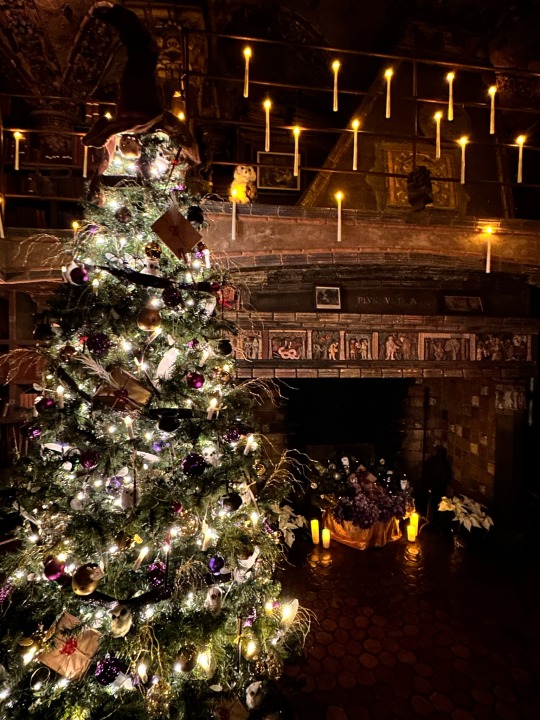
#christmas#christmas season#winter aesthetic#winter#holiday#holiday season#christmas tree#christmas decoration#william penn#henry mercer
11 notes
·
View notes
Note
Ok your tags on the reblog were very cool, would love to hear more about this project. Also, this is entire based on vibes of just existing in or near PA and having incredibly revisionist (and religious) history books, yeah. Sounds right.
Yeppppp! Get ready for a long answer cause i am in the thick of it! I'm pretty much a complete outsider to this topic. USA history doesn't interest me as much as ancient history does. The whole theme of the project is religious in/tolerance, and I picked Pennsylvania because my in-laws are all in Pittsburgh and I thought getting to know the state more would be fun! I've already got a pretty good background in religious history, so most of my research has been contextual colonial history. But the primary source I'm basing my project on is AWESOME. It's "Gottlieb Mittelberger's Journey to Pennsylvania" (free in the Library of Congress btw) and it's just so full of amazing information about colonial PA and how it was viewed by outsiders at the time (for Gottlieb, it was pretty godless and not worth the hype despite how beautiful the country is. He lived in Lancester county for about 4 years before returning to Germany).
The basis of my research is that in Europe, most Protestant sectarians (Quakers in particular) were seen as anti-state/anti-authoritarian. Being a dissenter was the same as being a treasonous terrorist because religion was the basis for most if not all laws and public policy within a country. So dissenters like William Penn were heavily discriminated against based on their beliefs and punished by the state as tho they were public enemies number one (spiritual danger = real danger). So quite frankly, because the America's were the place for criminals to be sent anyway, it kinda made sense to let dissenters leave and rotten themselves and their communities else where. So William Penn gets permission from his buddy King James 2 to create Pennsylvania as a "holy experiment" for liberty of conscience (and Quakers) to go. Penn advertises in England and Germany for the most part about this land of religious freedom and opportunity. With a little censure from the crown about how he sets up the colony, Penn makes it law that people can believe what they want and therefore worship and do what they want (within reason). From the outset of the colony, we have a very diverse environment full of very diverse people. No single people's settled PA, despite Quakers being a majority for a time and even when they weren't the majority they still held most of the power in the colony.
Anyway, all the secondary literature I've read all say the same thing: Penn's holy experiment was a success. Religious tolerance helped make PA economically and politically successful and set up all the American colonies for an equally successful revolution. But I've noticed that they're all ignoring, or just plain forget because 'MURICA, that the colonies were not completely separate entities from their parent country and are enabling the narrative of usa supremacy and individualism that DID NOT EXIST at the time. Individualism sure as hell did exist, but not in the sense of "im an american." It was "I'm an English Quaker" or "I'm a German Lutheran" or other ethnic or religious identification. These historians make it sound like everyone thinks PA was a great thing... but here we have over 100 pages of a German immigrant's travelog that heavily criticizes Penn's colony, telling his fellow Germans that it's just not worth the risk and they're better off at home. Obviously there's a ton more nuance to the account than I'm giving here, but the whole book is him saying "here's this bad thing, here's this good thing but here's the dark side of the good thing that isn't immediately obvious but I will explain it to you for your own good, and here's another bad thing." Most of the negativity he gives about PA in particular is religiously based: anarchy and atheism (exaggerations, but it was how he saw it as a faithful Lutheran). He tells stories of women running the show (heaven forbid!) And how the courts and laws are so lax that everybody does what they want even if theyre sued! These are seen as bad things to him, but obviously to a modern person (and to many a modern Pennsylvanian) it sounds like libertarian paradise. The idea of "success" is what I'm challenging with the Gottlieb account; we as historians are always needed to challenge the narrative. Complicate the story. The 13 colonies as a melting pot and overall success story is a good story and we use it to reinforce murican values in our public schools (something i greatly disagree with but it is what it is). But it's not the whole story and never will be. We've got the puritans in New England doing their thing and the Quakers in PA doing theirs, but what did that actually mean to people at the time? Did they see it as success? I should probably stop now haha! This is getting long. Thanks for asking about my project, it helps me articulate it for my prospectus due in a few days. ❤️❤️❤️❤️
4 notes
·
View notes
Photo


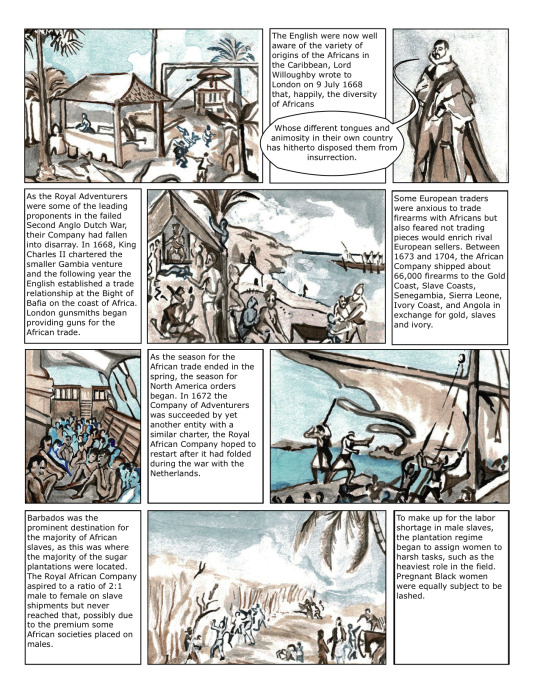

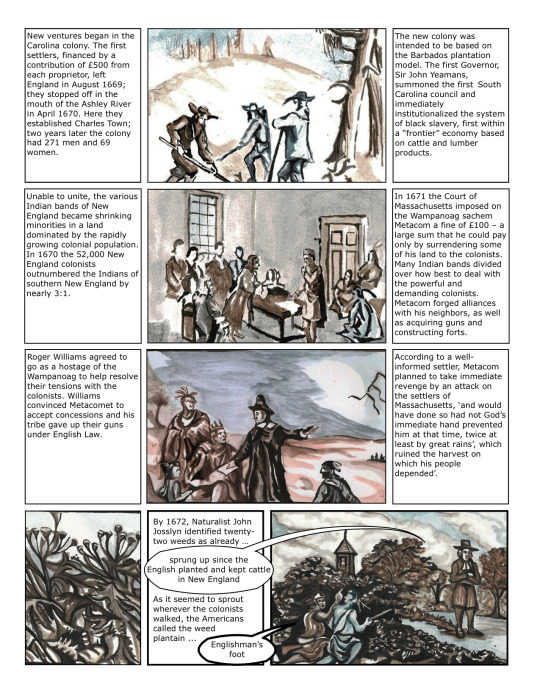
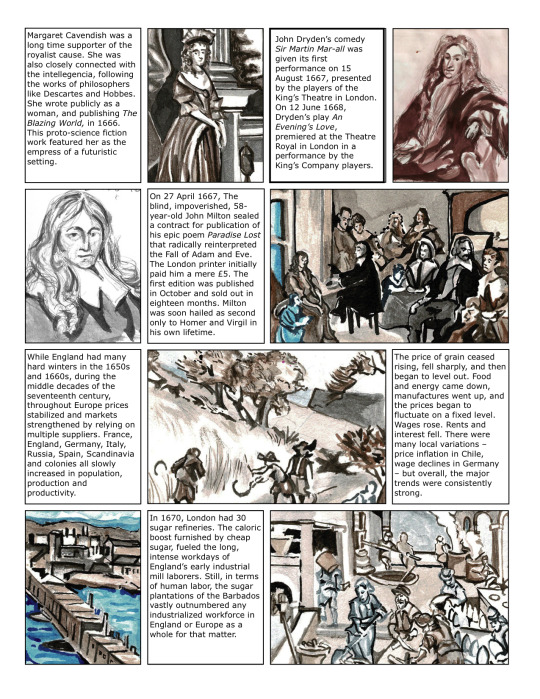

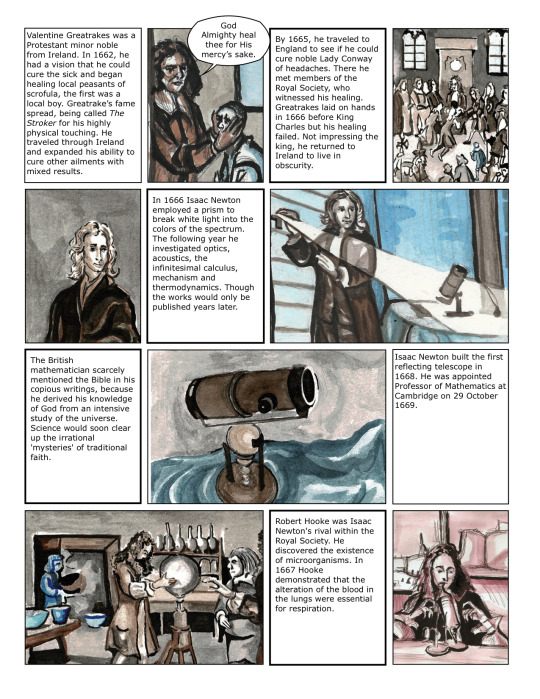


A continuation in the unending saga of fake comics. As always, this Anglo-centric work (written in English) left much out. The fake-comic did not fully engage in a Dutch narrative. Perhaps one day that narrative will be better detailed. 1672 was a critical year for the Dutch, especially their war with France. The African narrative is always something that could use more illumination as this period was what Ira Berlin called the coming of the ‘Plantation Generation’ on the mainland colonies. Previously the majority of the colonies labor depended on white indentured labor with the black population being a small minority. From my understanding, the Barbados plantation system began in legal form around 1660 and the racial-legal system spread to other English speaking colonies.
#pieter de ruyter#second anglo dutch war#restoration#third anglo dutch war#history comics#fake comics#samuel#anne bradstreet#john milton#moll davis#history of currency#captain morgan#hudson bay company#quaker history#robert hooke#isaac newton#claude duval#valentine greatrakes#margaret cavendish#william penn#john dryden#metacom#roger williams
44 notes
·
View notes
Text
Avoid popularity; it has many snares,
and no real benefit.
(William Penn)
32 notes
·
View notes
Text

Philadelphia City Hall Tower, 1998.
For many years, no building was allowed to exceed the height of this tower (167 m) topped with a statue of William Penn, the founder of the city.
14 notes
·
View notes
Quote
Time is what we want most,but what we use worst.
William Penn
#William Penn#quote#quotes#sayings#words#writing#life quotes#love quotes#feelings#memories#thoughts#grunge#hipster#indie#aesthetic#retro
18 notes
·
View notes
Text

"The humble, meek, merciful, just, pious, and devout souls are everywhere of one religion, and when death takes off the mask, they will know one another though the diverse liveries they wear here make them strangers." — William Penn
2 notes
·
View notes
Text
"True silence is the rest of the mind, and is to the spirit what sleep is to the body, nourishment and refreshment."
William Penn (1644-1718) Anglo-American writer and colonial founder.
42 notes
·
View notes
Text


The Curse of Billy Penn
Did any of our followers know that there is a statue of William Penn on top of Philadelphia's City Hall?
We recently picked up a few new (to us) copies of Scientific American, a science and technology journal, from a local library (shout out to The Union League!). One issue features the statue of William Penn, founder of Pennsylvania (though it is important to note that Philadelphia specifically is the ancestral home of the Lenni Lenape or Lennapehoking people), before it was placed on top of Philadelphia City Hall.

William Penn was the product of Alexander Milne Calder, a Scottish-American sculptor, and is 37 feet tall.
For almost 90 years there was an unwritten agreement or understanding that forbade any building in the city from rising above William Penn. This agreement ended when Liberty Place was approved and built in 1987 causing the Curse of Billy Penn to cause disaster on all Philadelphia sports-teams. Pre-1987 Philadelphia sports teams enjoyed a run of success. Post-1987, the curse held on to the city so tightly until the Philadelphia Phillies won the World Series in 2008.
How did the curse end? Well it did and then didn't. The Comcast Center was built in 2007 and a few iron workers decided to place a tiny statue (about 4 inches tall) on top to make William Penn, yet again, the tallest figure in the city. The Philadelphia Phillies won the World Series in 2008, breaking the curse.
Then! In 2017, a new building became the tallest building in Philly. A second Comcast Center. Once again, iron workers placed a tiny Billy Penn on top... the Philadelphia Eagle went on to absolutely crush the New England Patriots in the 2018 Super Bowl. Go birds!

Photo credit: Höber, R. “Postcard from R. Höber to Georg Bredig,” April 23, 1935. Papers of Georg and Max Bredig, Box 1, Folder 59. Science History Institute.
#philadelphia#philadelphia history#philadelphia eagles#william penn#curse of billy penn#scientific american#sculpture#history#science history#local history#go birds#eagles#digital collections#libraries#libraries of tumblr#special collections#journal collection#alexander milne calder#othmer library#scientific illustration#othmeralia
23 notes
·
View notes
Quote
Jesus loved and chose solitudes, often going to mountains, to gardens, and sea-sides to avoid crowds and hurries; to show his disciples it was good to be solitary, and sit loose to the world.
William Penn, 1694
62 notes
·
View notes
Text

2 notes
·
View notes
Photo

“The humble, meek, merciful, just, pious, and devout souls are everywhere of one religion; and when death has taken off the mask they will know one another, though the divers liveries they wear here makes them strangers.”
~William Penn
(Image via National Portrait Gallery, London)
4 notes
·
View notes
Text




4 notes
·
View notes
Text
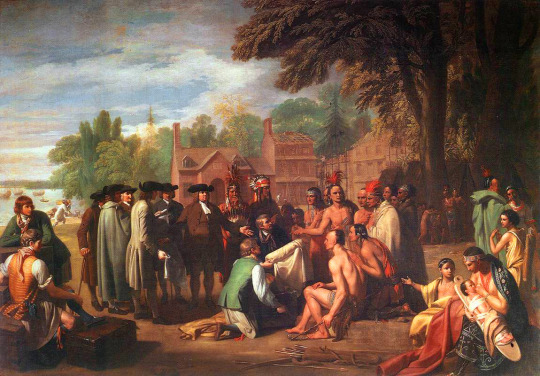
'William Penn’s Treaty With The Indians'.
Benjamin West, 1771-2.
The following notes & quotes were taken and transcribed from Andrew Graham Dixon’s ‘Art of America’, episode 1.
The official history of colonised America [in the 18th & 19th century] would be a selectively edited account that glorified the building of gleaming new buildings in cities like Philadelphia, but it conveniently ignored the grim reality of how it was actually done. One of the functions of art in America then was to be a part of a cover-up, and a chief cover-up artist was a painter called Benjamin West.
West was a Quaker, born in Pennsylvania and America’s first internationally famous artist. ‘William Penn’s Treaty With The Indians’ was one of his most celebrated works, yet it also “pulses with the energy of a dark secret”. The painting was created to frame the history of Pennsylvania and the settlement of its capital city Philadelphia, “to frame it as orderly, dignified, just, compassionate and tolerant…"
West said that the painting depicts "the civilisation of the savage". On the left hand side of the group is William Penn, founder of Philadelphia presenting the Indians with a treaty. However, taking centre stage is a bolt of white cloth held by a generic figure of a trader, “an image that exactly recalls the adoration of the shepherds at the birth of Christ” and representing the notion that “the god of free trade transformed noble savages into civilised men, effortlessly absorbing them into the republic, a sanitised version of American history". The painting soon became the classic image of ‘the bloodless colonisation of America’ …. but it is propaganda, a blatant lie.
William Penn may indeed have looked kindly on the local tribes, but this painting was commissioned* some 50 years after his death, by which time the colonists and native Indians were locked in a bitter war. This was a war marked, on the British side, by all kinds of appalling skulduggery. On one occasion in 1763 during supposed negotiations for peace, the British representatives handed to the Indians a pile of blankets that they’d taken from their own small pox hospital. This was an early example of germ warfare and proved horribly effective. It certainly gives a really unpleasant twist, an ironic twist, to that bolt of white cloth in the centre of West’s painting.
The painting’s Wikipedia page says it was commissioned by Thomas Penn - William Penn’s son - in 1770 or 1771. Also mentioned is the speculation by some historians that Penn Jr. may have fraudulently created an agreement with a Native American tribe regarding territory and then forced them to vacate.
ADD INFO RE THE TREATY & WILLIAM PENN.
#Benjamin West#William Penn#Thomas Penn#Native American#germ warfare#biological warfare#colonisation#art#Andrew Graham Dixon#small pox
2 notes
·
View notes